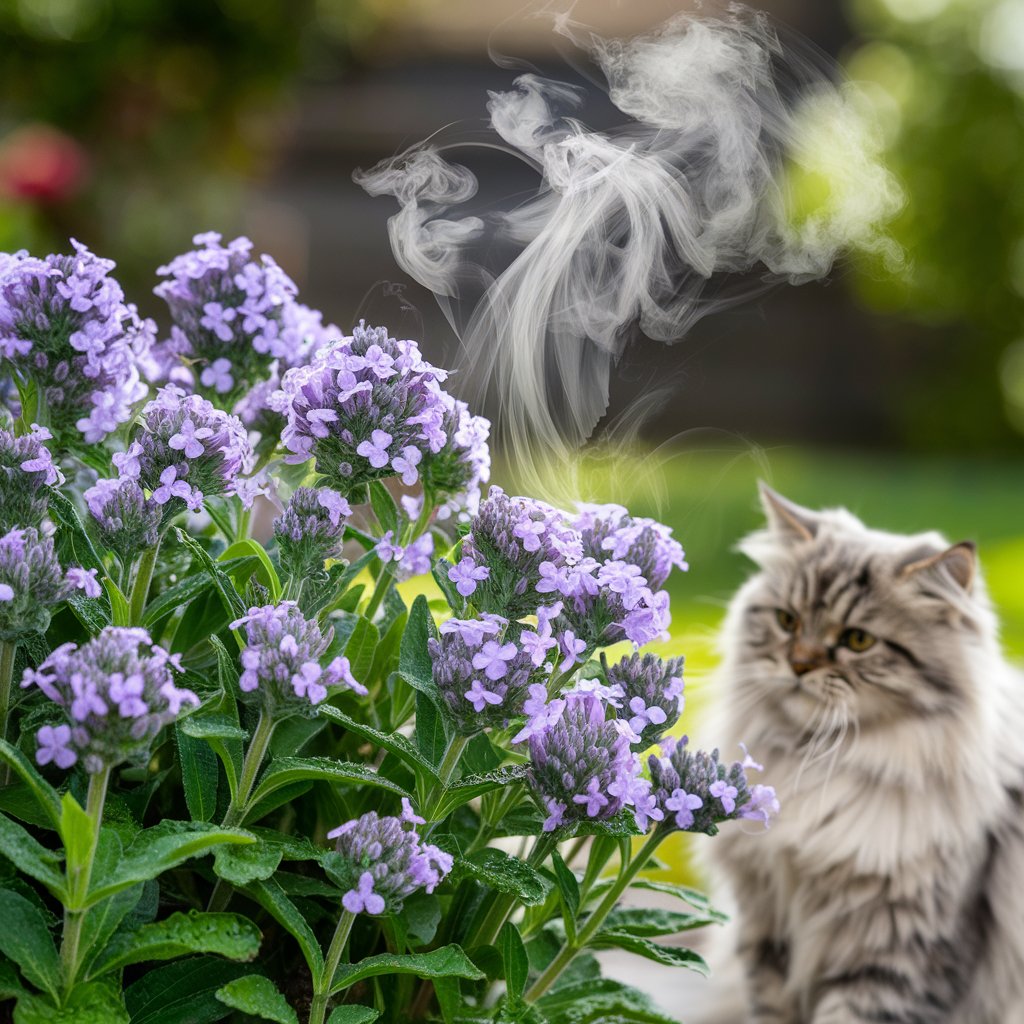
Learning To Grow Catnip
Learning To Grow Catnip
Growing catnip (Nepeta cataria) can be a gratifying experience for gardeners, herbalists, and cat owners alike. This multipurpose herb, noted for its gorgeous foliage, scented leaves, and enticing impact on feline companions, is reasonably simple to grow and provides numerous practical and therapeutic benefits. Catnip is an excellent addition to any garden or house, as it provides a natural treat for cats and a tasty addition to herbal drinks and gourmet meals. In this comprehensive guide, we'll go over the step-by-step process of cultivating catnip, from choosing the correct place and preparing the soil to harvesting leaves and propagating plants. In addition, we'll go over essential care duties like watering, pest and disease control, and seed harvesting to keep your catnip plants healthy and productive throughout the growing season. Whether you're a beginner gardener eager to try herb cultivation or an experienced green thumb looking to broaden your horizons, this article will teach you all you need to know to grow healthy catnip plants and enjoy all their benefits.Choosing a location:
Choosing the correct place for producing catnip is critical to its health and productivity. Catnip thrives in full sunlight. Therefore, locate an area of your yard or balcony with at least six hours of sunshine daily. Furthermore, ensure the area has soil that drains effectively to prevent waterlogging, which can harm catnip plants in several ways, including root rot. When planting catnip in a garden bed, remember the surrounding plants and their sunlight requirements to avoid shadowing the catnip. Raised beds can also be helpful if your soil is thick or poorly drained. When growing plants in containers, ensure the pot is at least 12 inches deep to give the roots room to spread. Use a high-quality potting mix with sufficient drainage and aeration to ensure optimal growth.Preparing the soil.
Catnip needs nutrients to thrive; soil preparation is vital for delivering them. Catnip requires slightly alkaline soil with a pH range of 6.1 to 7.8. A soil pH testing kit, available in garden centres, can be used to determine the pH of your soil. If your soil is overly acidic, add pulverized limestone or wood ash to increase its pH. If your soil is overly alkaline, you can reduce its pH by adding sulphur or acidic organic matter like pine needles or composted leaves. In addition to correcting the pH, it is critical to increase soil drainage by adding organic matter such as compost or well-rotted manure. This will help remove compacted soil and provide the necessary nutrients for plant growth.Planting seeds or seedlings
Catnip can be produced from seeds or purchased as seedlings at nurseries or garden centres. If you're beginning from seed, put catnip seeds straight into prepared soil in the spring after your area's last frost date. Scatter the seeds carefully and cover with a thin layer of soil before gently watering to ensure optimal seed-to-soil contact. Alternatively, start catnip seeds indoors 6-8 weeks before the last projected frost date, then transplant the seedlings outside as the weather warms up. To promote germination, sow the seeds in damp seed-starting trays and position them in a warm, sunny spot or under grow lights. To promote healthy growth and air circulation, space seedlings 18 to 24 inches apart before transplanting them outdoors. Water the transplanted plants thoroughly to help them grow roots in their new environment.Watering
Catnip plants require proper hydration to maintain their health and vigour. While catnip is reasonably drought-tolerant once established, it is critical to maintain the soil moist throughout the plant's early growth phases to ensure healthy root development. Water catnip plants deeply, allowing water to permeate the soil and reach the root zone. Fungal illnesses can be propagated using overhead irrigation; thus, it's best to avoid it. Instead, use a soaker hose or drip irrigation system to water the plant gradually as it grows. Monitor soil moisture frequently, particularly during hot, dry weather, and modify the watering frequency to keep the soil moist but not soggy. Mulching around plant bases helps keep the soil moist and weeds at bay, requiring less watering.Maintenance
While catnip is a low-maintenance plant, some simple care can help it remain healthy and productive. To ensure that catnip plants receive the nutrients they need for growth and flower production, they should apply a balanced, slow-release fertiliser once or twice during the growing season. Deadhead wilted flowers regularly to ensure they bloom continuously during the growing season. Remove any yellowed or damaged leaves to improve ventilation and reduce the danger of fungal illnesses. Monitor the plants for symptoms of pests or diseases, such as aphids, spider mites, or powdery mildew, and apply necessary control measures. Insecticidal soap or neem oil can control many common garden pests, while appropriate spacing and airflow can help avoid fungal disease.



